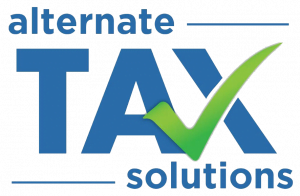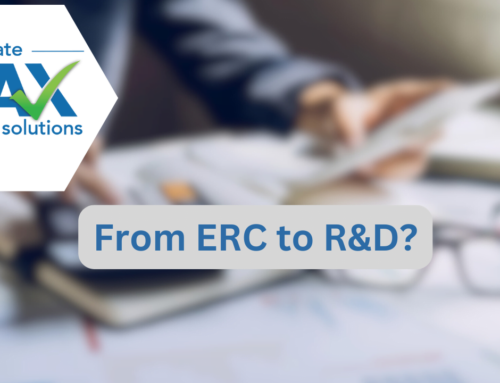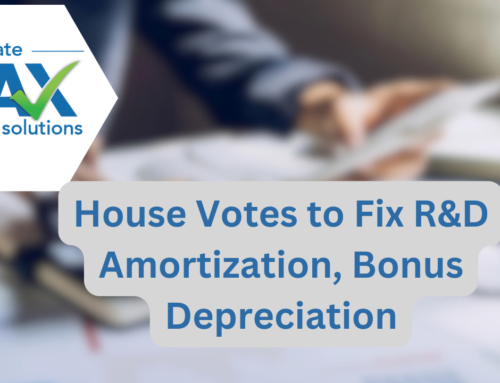5 Additional Tax Services
As a tax professional, it can be challenging to stay ahead of the competition and provide additional tax services similar to regional and national firms. Exploiting these new revenue streams, however, can be the lifeblood of your business and can negate your sole reliance on seasonal tax preparation work. In this article we’re going to explore 5 important services that many tax practices are utilizing. What we’ll avoid are the well-known services such audit and payroll and expiring ones such as employee retention credits. In addition to these 5 key services, we’ll also provide you insight on how to onboard them immediately.
- R&D Tax Credits
The R&D Tax Credit is a nonrefundable credit for taxpayers that are innovating their products or services. This credit is commonly claimed by manufacturing, engineering, defense, and life science disciplines and is available to many others. Adding R&D Tax Credit services creates immediate value because it allows qualifying clients to reduce this year’s tax bill and generate a refund for open years. The power of generating a refund for your client is invaluable because it creates a tangible ROI and has proven to statistically lengthen the professional relationship. Offering this service also provides the tax preparer insight into their client’s business due to the thorough review of business activities provided in a typical report. This together can lead to follow on consulting opportunities and can therefore add to your top line.
- Cost Segregation
Cost Segregation is another service that can provide tax savings to your client. By utilizing this service, clients that own real estate can write off depreciation expenses over a shorter period, which increases their deductions in the near term. This is the most popular tax strategy for real estate investors and has become increasingly popular social media platforms. Before clients seek greener pastures, CPA firms are teaming up Cost Segregation specialists to provide this service to their portfolio. One of the neat tricks about this strategy is that amending returns is not needed for buildings that are already placed in service, all that is required is change in accounting method and a 481 adjustment, which is automatically approved when doner for depreciation reasons. This service not only benefits your tax practice from a client relationship perspective, but also provides you an opportunity for a revenue sharing arrangement between your firm and the cost segregation company. Some will even allow you to white label their studies.
- 179 Energy Efficiency Deductions
Section 179D provides tax deductions for energy efficient commercial buildings totaling up to $1.88 per square foot for buildings placed in service prior to 2022, and up to $5.00 p/sf for new construction in 2023 and beyond. Taxpayers who own the building and designers responsible for its design can claim this deduction. The limiting factor that may preclude a tax preparer from providing this service is that an experienced and qualified individual must do the energy modeling and reporting. Thankfully, most third-party contractors will partner with CPA firms and perform this service for a fixed fee.
- Business Valuation
Business Valuation is another service to consider adding to your tax practice. This service is for clients who need a third-party valuation in the event of a purchase or sale, divorce, basis adjustment, or for strategy purposes. In most scenarios a third-party valuation from a Certified Valuation Analyst (CVA) is required, in almost all scenarios a valuation from a CVA should be used to protect your client. If you don’t already have someone on staff with this designation, finding and using a third-party contractor is relatively easy. As the largest generation of business owners transition into retirement, many sole proprietors and specialty tax firms are moving into this space as demand for this additional tax service is expected to grow.
- Bookkeeping
Bookkeeping is like that old reliable leather belt that you’ve been using for the past twenty years. It’s not new, it’s not flashy, but it serves its purpose. If you have not already onboarded this service consider its advantages: it’s recurring revenue, it requires a repeatable and easily acquirable skillset, and provides steady work in between tax seasons. Sometimes renewed focus on one of your core services is the jolt that is needed for growth.
Summary
The goal of a growing tax practice is to be a one stop shop for everything tax and accounting service related. And to act as more of an advisor instead of a once-a-year tax preparer. This shift away from tax returns and into a consulting role allows the CPA/Advisor to move up market, increase their billing rate, and to connect with their client. The hurdle, however, is acquiring the expertise to do provide these additional tax services, as many require licensing and years of experience. One effective strategy is white labeling. White label simply means a third party contractor provides the service under your name and letterhead, creating brand recognition and a layer of control between the you, the contractor, and the client. Another way is to merely sub the work out to a third-party under their name and licensing. The advantage of this scenario is that little work is required from your team, and liability in the event of malfeasance can be mitigated. The last and most obvious way to onboard these additional tax services is by hiring or acquiring the expertise. Hiring personnel is risky however, because now you, the business owner, have more mouths to feed, many of which require high salaries. What we recommend in the interim is some form of third party contracting between you and a specialist. At a minimum YOU will be providing the value-added service to your client and not your competition. At maximum you will also be making money from these services and learning a new skillset along the way.





